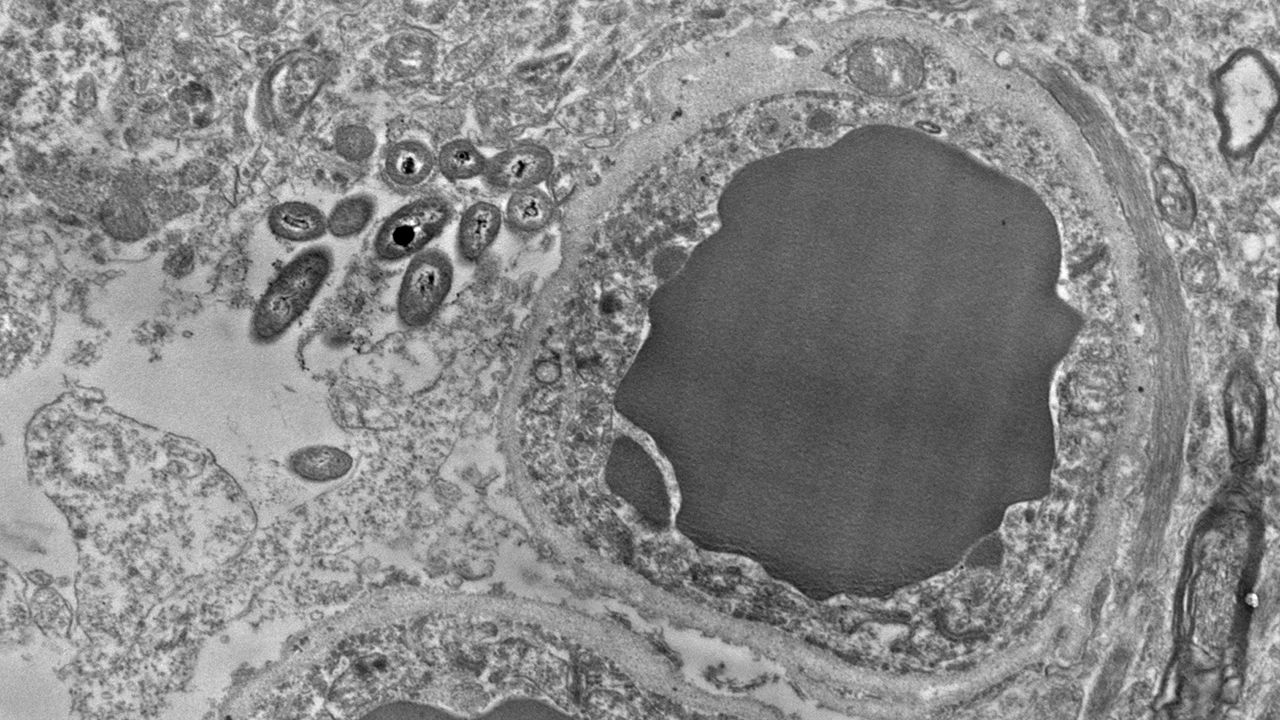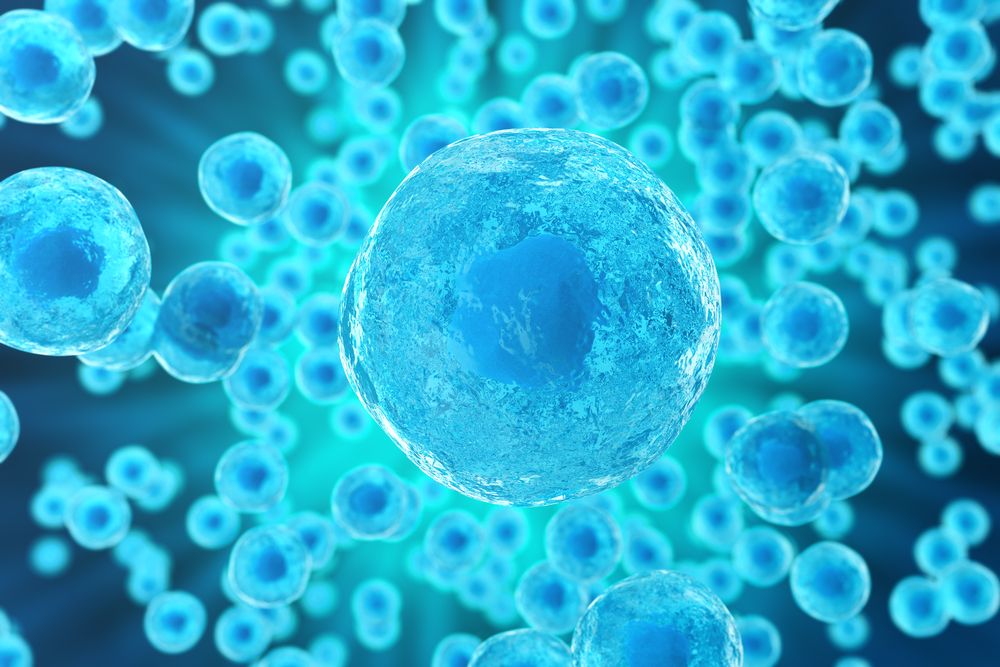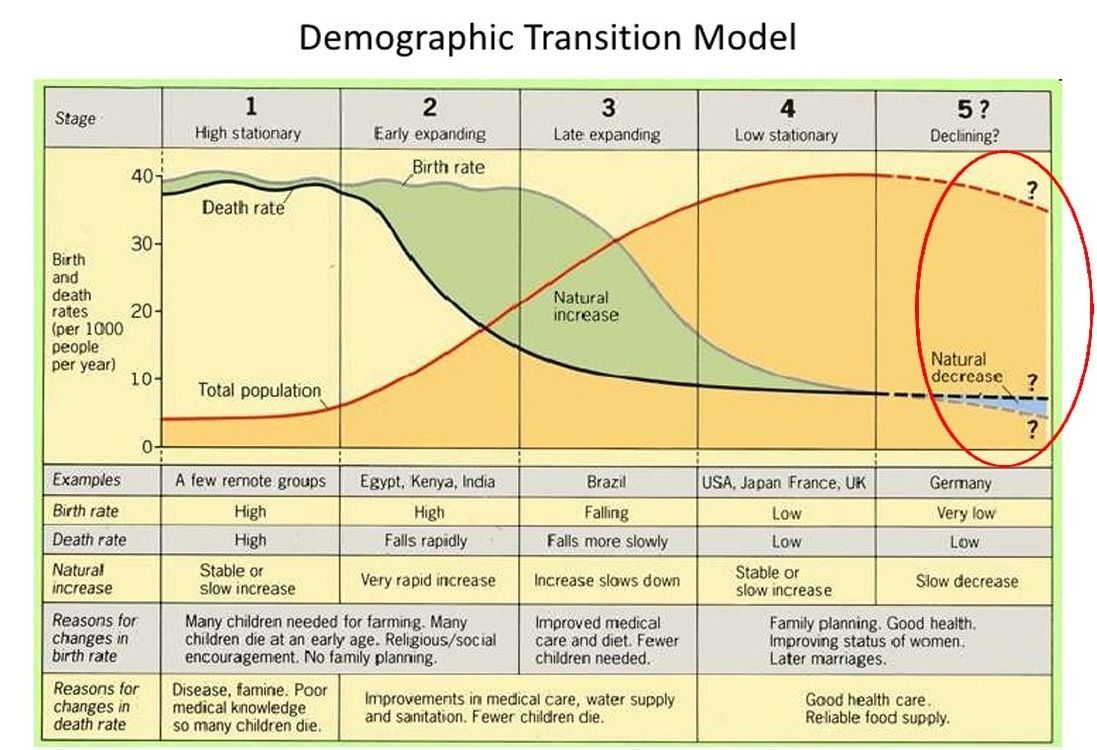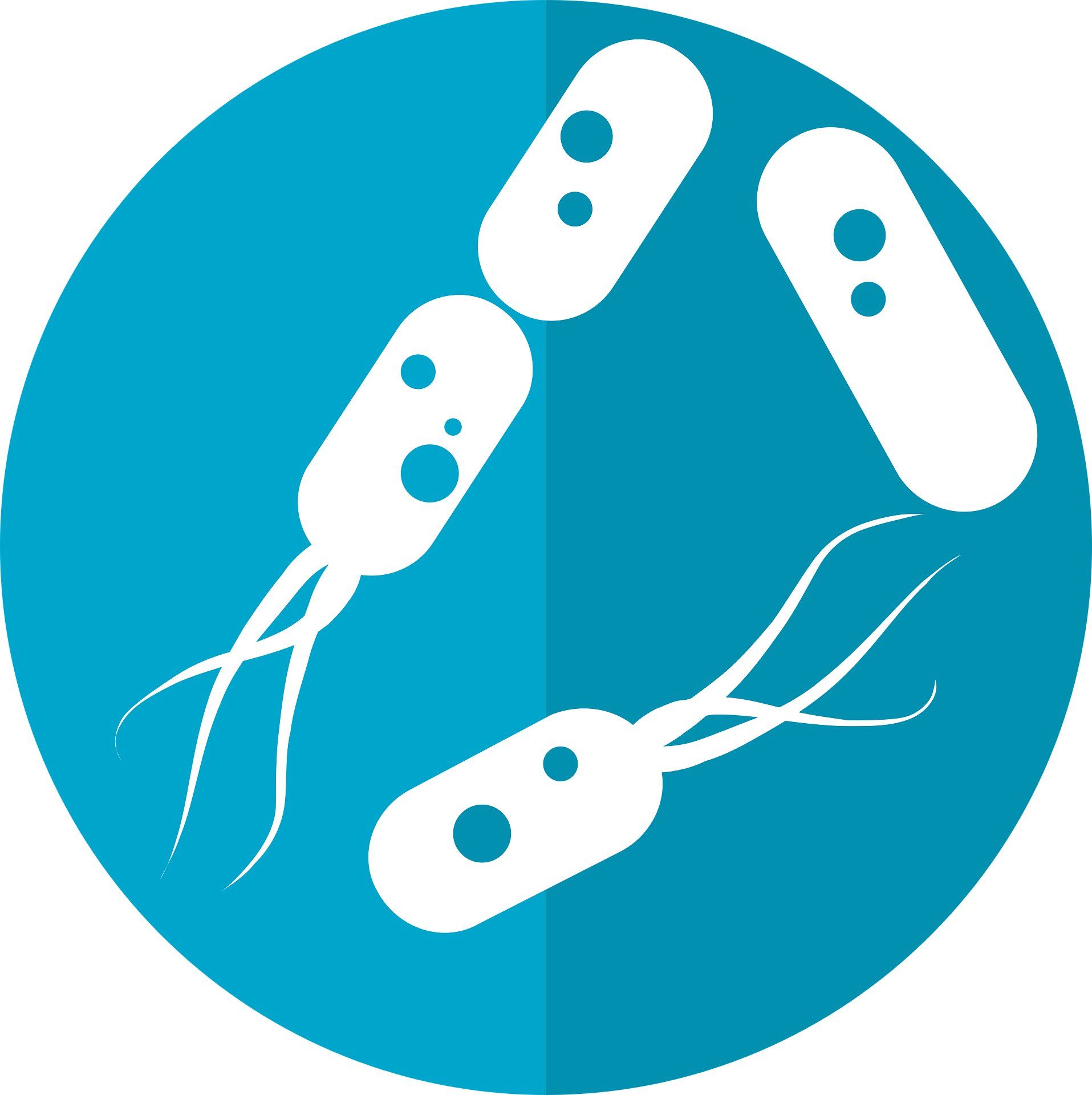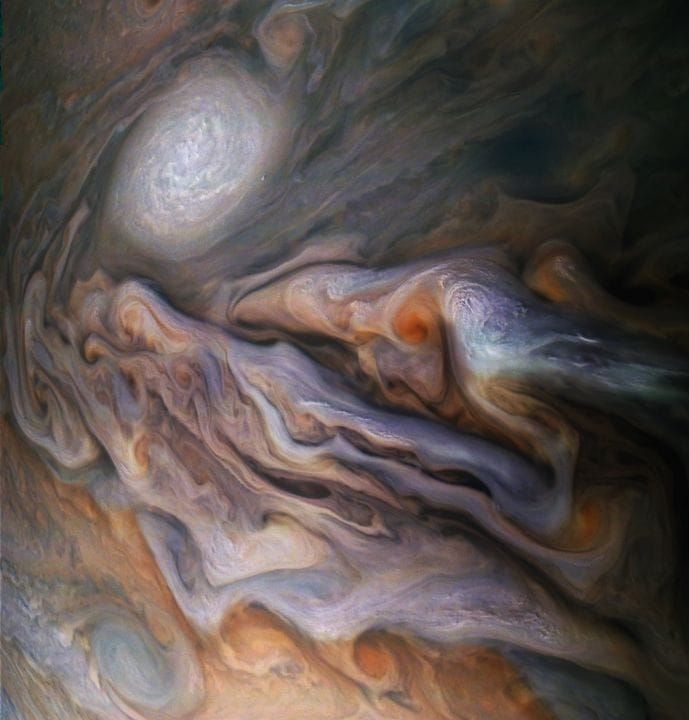Page 9319
Nov 9, 2018
‘Siri, I’m getting pulled over’: A new shortcut for iPhones can automatically record the police
Posted by Mary Jain in categories: mobile phones, robotics/AI
Anarchy AI ✌️😆
There’s a big new feature for iPhone experts this year: It’s an app called Shortcuts, and with a little bit of logic and know-how, you can stitch together several apps and create a script that can be activated by pressing a button or using Siri.
Some early uses are predictable, like saving Instagram photos, sharing the song you’re listening to, or creating a morning routine that activates your lights and plays a song.
Nov 9, 2018
A two-atom quantum duet
Posted by Saúl Morales Rodriguéz in categories: nanotechnology, particle physics, quantum physics
Researchers at the Center for Quantum Nanoscience (QNS) within the Institute for Basic Science (IBS) achieved a major breakthrough in shielding the quantum properties of single atoms on a surface. The scientists used the magnetism of single atoms, known as spin, as a basic building block for quantum information processing. The researchers could show that by packing two atoms closely together they could protect their fragile quantum properties much better than for just one atom.
The spin is a fundamental quantum mechanical object and governs magnetic properties of materials. In a classical picture, the spin often can be considered like the needle of a compass. The north or south poles of the needle, for example, can represent spin up or down. However, according to the laws of quantum mechanics, the spin can also point in both directions at the same time. This superposition state is very fragile since the interaction of the spin with the local environment causes dephasing of the superposition. Understanding the dephasing mechanism and enhancing the quantum coherence are one of the key ingredients toward spin-based quantum information processing.
In this study, published in the journal Science Advances in November 9, 2018, QNS scientists tried to suppress the decoherence of single atoms by assembling them closely together. The spins, for which they used single titanium atoms, were studied by using a sharp metal tip of a scanning tunneling microscope and the atoms’ spin states were detected using electron spin resonance. The researchers found that by bringing the atoms very close together (1 million times closer than a millimeter), they could protect the superposition states of these two magnetically coupled atoms 20 times longer compared to an individual atom.
Nov 9, 2018
Do gut bacteria make a second home in our brains?
Posted by Xavier Rosseel in category: neuroscience
Nov 9, 2018
We need to change the way we talk about space exploration
Posted by Klaus Baldauf in categories: space travel, sustainability
Building a sustainable human presence on other worlds should be open to all. Comparing the journey to violent conquest doesn’t help.
Nov 9, 2018
Plasma NAD+ Levels Decline Significantly with Age
Posted by Steve Hill in category: life extension
Today, we want to highlight a recent, small-scale study looking at NAD+ and how it declines with age in the plasma.
The researchers looked at various NAD+ metabolites across age groups and found that the amounts of some of them, particularly NAD+ itself, are significantly smaller in older people than younger ones [1]. This is likely due to an age-related imbalance between the cellular machinery that consumes NAD+ and the machinery that produces it, and this imbalance leads to the lower levels observed. However, it remains unclear if the resulting decline of NAD+ is due to an increase in consumption or a decrease of production.
Other factors may also serve to reduce the amount of NAD+ in plasma, such as inflammatory signaling molecules and oxidative damage to the NAD+ molecules. The researchers also discuss the role of CD38, a major reason why NAD+ declines as we get older and how inhibiting it may be a potential way to boost NAD+.
Continue reading “Plasma NAD+ Levels Decline Significantly with Age” »
Nov 9, 2018
Continued Chapter 5 — Refutation of the degrowthist doctrine
Posted by Adriano Autino in category: futurism
Nov 9, 2018
Parents’ guts tell tales to their children
Posted by Xavier Rosseel in categories: biotech/medical, genetics
Researchers at Umeå university in Sweden have published a new study showing that the gut bacteria can carry information of past experiences of an altered environment from parents to offspring. Eggs and sperm are not the only information carriers from one generation to the next.
Eggs and sperm transmit genetic information from one generation to the next. The genetic information contains the blueprint for how to assemble a functional offspring. Most of this information is hardcoded in DNA and cannot be altered by experiences such as changes to the environment.
However, in the last decades, it has been shown that some effects of various lifestyles can be transmitted from parents to offspring through both the egg and the sperm. This study shows for the first time that also the gut bacteria, which are in general also transmitted from parents to offspring, are capable of transmitting information about what environment the parents were exposed to, to the offspring.
11.08.18 JOVIAN CLOSE ENCOUNTER A multitude of magnificent, swirling clouds in Jupiter’s dynamic North North Temperate Belt is captured in this image from NASA’s Juno spacecraft. Appearing in the scene are several bright-white “pop-up” clouds as well as an anticyclonic storm, known as a white oval. This color-enhanced image was taken at 1:58 p.m. PDT on Oct. 29, 2018 (4:58 p.m. EDT) as the spacecraft performed its 16th close flyby of Jupiter. At the time, Juno was about 4,400 miles (7,000 kilometers) from the planet’s cloud tops, at a latitude of approximately 40 degrees north. Citizen scientists Gerald Eichstädt and Seán Doran created this image using data from the spacecraft’s JunoCam imager. JunoCam’s raw images are available for the public to peruse and to process into image products at: https://www.missionjuno.swri.edu/news/jovian_close_encounter. Image Credits: NASA/JPL-Caltech/SwRI/MSSS/Gerald Eichstädt/Seán Doran. Απολαύστε το φως.




